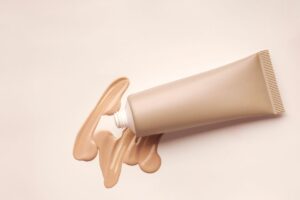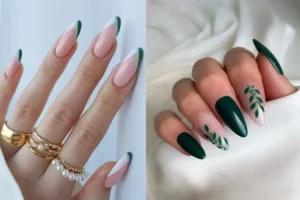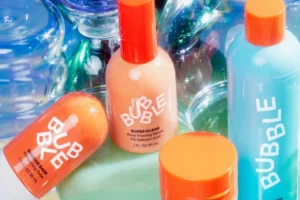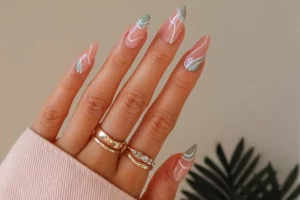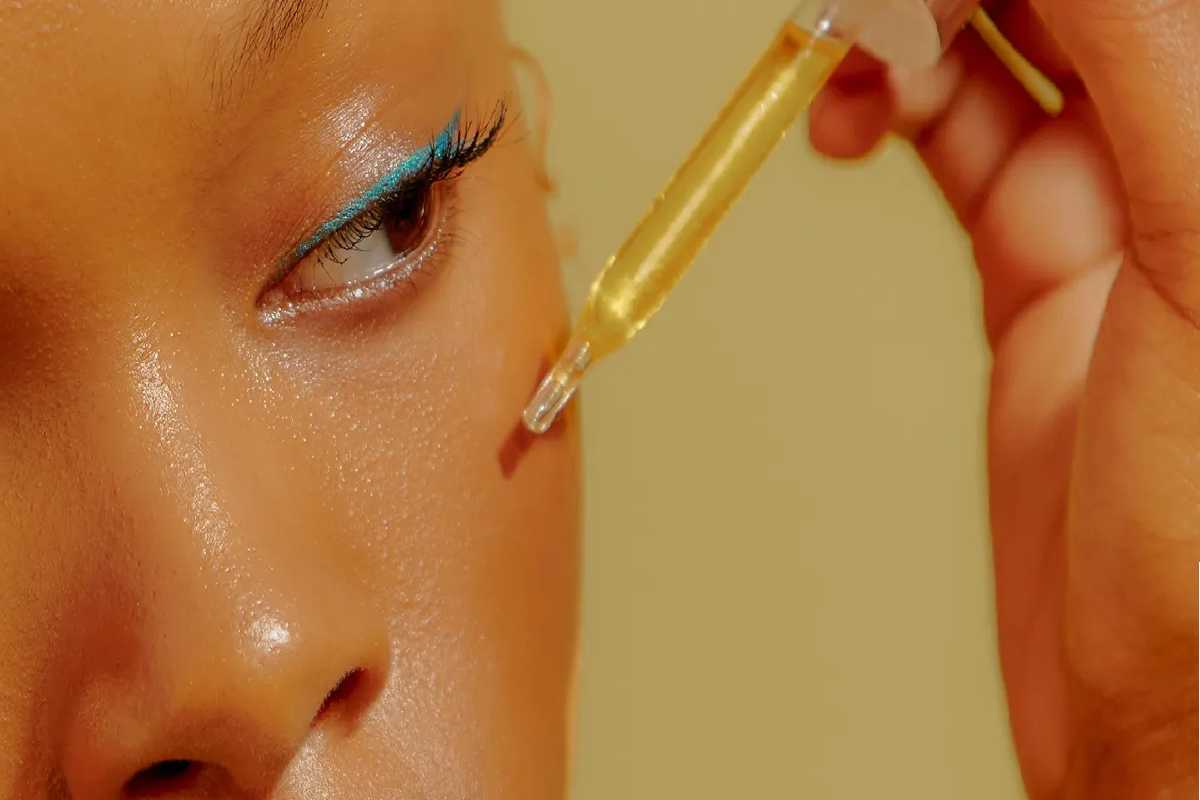
Squalane Benefits for Skin
Squalane Benefits for Skin: Olives, amaranth, and non-botanical sources like shark livers are just a few examples of the many foods that contain squalane.
The Squalane Benefits for Skin: Our skin naturally contains it as well. It has no smell, no color, and resembles a gel more than an oil.
Never assume, though, that squalane lacks moisturizing ability just because you can’t see it, smell it, or feel a greasy texture. Skincare items, cosmetics, bath oils, facial cleansers, moisturizers, and even more goods claiming to have “anti-aging” properties all contain squalane.
Squalane can also be used as a hair conditioner because it is so light and doesn’t leave an oily film. The hair cuticle is softer, smoother, and coated by it, making the hair shinier and healthier.
Where does Squalane come from
Squalane is produced by our bodies, as was previously explained, but in humans, levels begin to decline as we age, even as early as our 20s. Nowadays, most squalane comes from plants. For ethical grounds, the majority of cosmetics companies discontinued utilising shark liver oil in recent years.
If you read the ingredient lists for squalane-containing products, you might discover:
Olives
- Despite being a little fruit, olives are a powerhouse of antioxidants and vitamin E. (substances that fight free radicals and are responsible for ageing and disease). Besides vitamin E, olives also contain the following:
- Iron is crucial for the oxygen transport process in red blood cells.
- A mineral that is frequently missing from our diets is copper (an iron deficiency may increase the risk of heart disease)
- Calcium is necessary for the health of bones, muscles, and nerves.
- Because most olives are wrapped in brine or saltwater, there is a sodium component.
Seed of amaranth
- This ancient grain—which is actually a seed—is extremely nutritious for a variety of reasons.
- First, think on the protein content. The 9.3% of protein in one cup is complete protein, meaning it contains all nine necessary amino acids.
- According to the University of Maryland Medical Center, we are unable to produce the amino acid lysine, which is missing from many proteins.
- Additionally, the grains are a great source of vitamin E and B vitamins, which makes these little seeds fantastic for skin health.
- Additionally, they contain a lot of fiber, which aids in the body’s detoxification process.
- Risotto bran Rice bran is a great source of dietary fiber that, again, detoxifies the body, even if it is low in sodium and sugar.
- Additionally, it contains some of the greatest vitamins for skin, such as vitamins B1 (thiamine), B3 (niacin), B5 (pantothenic acid), and B6.
- The minerals iron, phosphorus, manganese, potassium, zinc, and copper are all present in rice bran.
Wheat germ
- This “wonder food” improves the immune system and has anti-aging qualities, which have a good impact on memory, muscle growth, energy, and the speed at which wounds heal.
- It contains a lot of minerals like potassium, iron, zinc, calcium, phosphorus, and selenium as well as folate, vitamin E, vitamin B6, niacin, and thiamin.
- Rich in vitamin E is palm oil. Beta-carotene, a vitamin A derivative, Omega 3-fatty acids, and vitamin K are also present. Vitamin K promotes blood coagulation.
Squalane vs Squalene
Let’s go back and address this frequently asked query first: are squalane and squalene the same thing? before moving on to the advantages of squalane for skin. The answer is simply NO.
- Squalane has undergone the process of hydrogenation, becoming a saturated fat.
- Compared to the unsaturated fat squalene, it is far more stable and has a longer shelf life.
- The procedure produces a lighter texture that works with all skin types, even oily and acne-prone ones.
- On the other hand, severely dry, older skin would benefit most from the usage of squalene.
- Excellent moisturizers, squalene and squalane are derived from the same sources.
- Both are produced by human bodies, and they can also be found in shark livers, olives, palm trees, wheat germ, and rice bran.
- The similarities stop there, though, as squalane has undergone distinct processing to become less oily and more skin-friendly.
Also Read: Benefits of Shikakai Powder for Health

